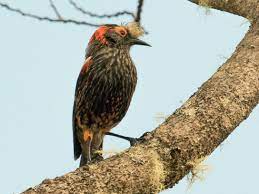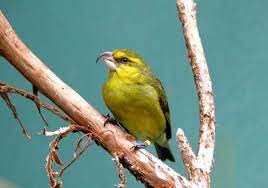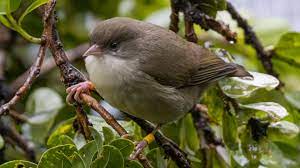The Hawaiian Forest Bird Keystone Initiative, a joint federal and state plan to protect native forest birds, announced an additional $3 million toward conservation efforts.
“Specifically, the money will be used to address avian malaria,” US Fish and Wildlife Service Director Martha Williams said. “It’s also so we can focus on [bird] habitat.”

Found nowhere else on Earth, at least 12 species of Hawaii’s birds – including the ʻakikiki, kiwikiu and ʻakekeʻe – are threatened with imminent extinction in the next few years from habitat loss, invasive species, climate change and disease, such as avian malaria spread by non-native mosquitoes.

The director of the US Fish and Wildlife Service (FWS) and conservationists involved in Birds, Not Mosquitoes shed light on the ongoing project to save native birds on East Maui.

The strategy involves releasing new male mosquitoes treated with a bacteria called Wolbachia to mate with existing females, rendering them incapable of producing viable offspring and causing the mosquito population to collapse.
Approximately 250,000 of these mosquitoes are released twice per week on specific locations across 3,000 acres of East Maui, per the National Parks Service. This process has been ongoing since November 2023.
Mosquito-filled containers – described as “disintegrating, cardboard pods” – are pushed through tubes via helicopter, launching the insects into the ecosystem. As the container falls, it releases about one thousand mosquitoes. “They are ‘sleepy’ when they arrive, because they’ve been kept cool, and when they wake up, they fly off into the forest,” said Campbell.
According to the Hawaiian Forest Bird Keystone Initiative, all of the mosquitoes used in the project are males, which, unlike females, do not bite and spread diseases to humans or animals.
This system is only temporary until a better solution is discovered. But for now, it’s buying time so birds don’t go extinct.

East Maui is where the town of Hana is located. Driving the Road to Hana is a popular visitor activity. Generally it’s an all day adventure, unless you turn around at one of the roadside rest areas or turnouts. The only vehicle we allow to go beyond the 7 Pools, which is about 30 minutes beyond Hana Town, is our Jeep Wrangler.
